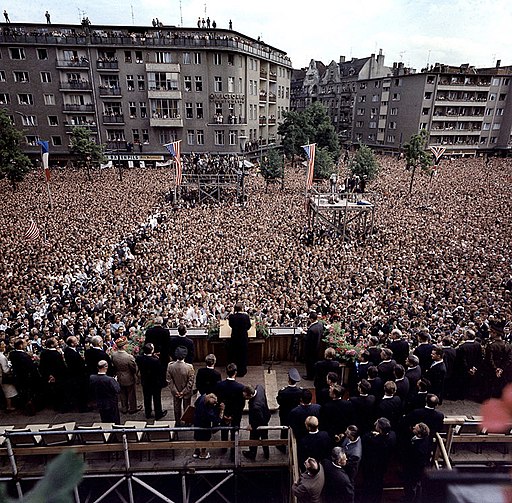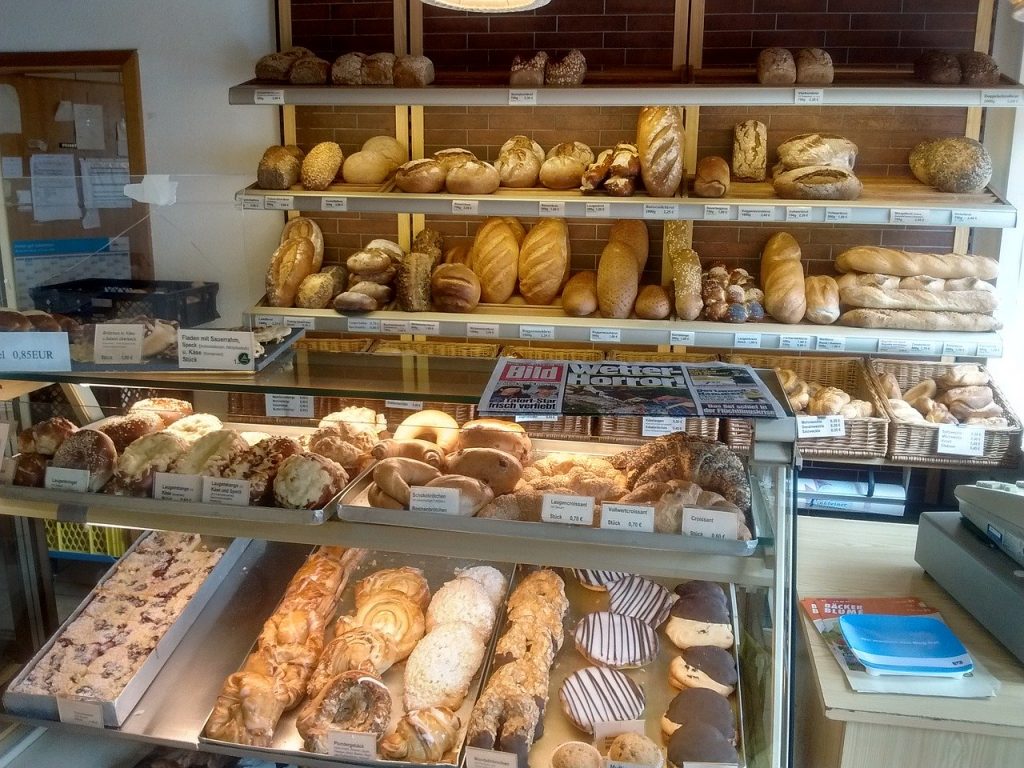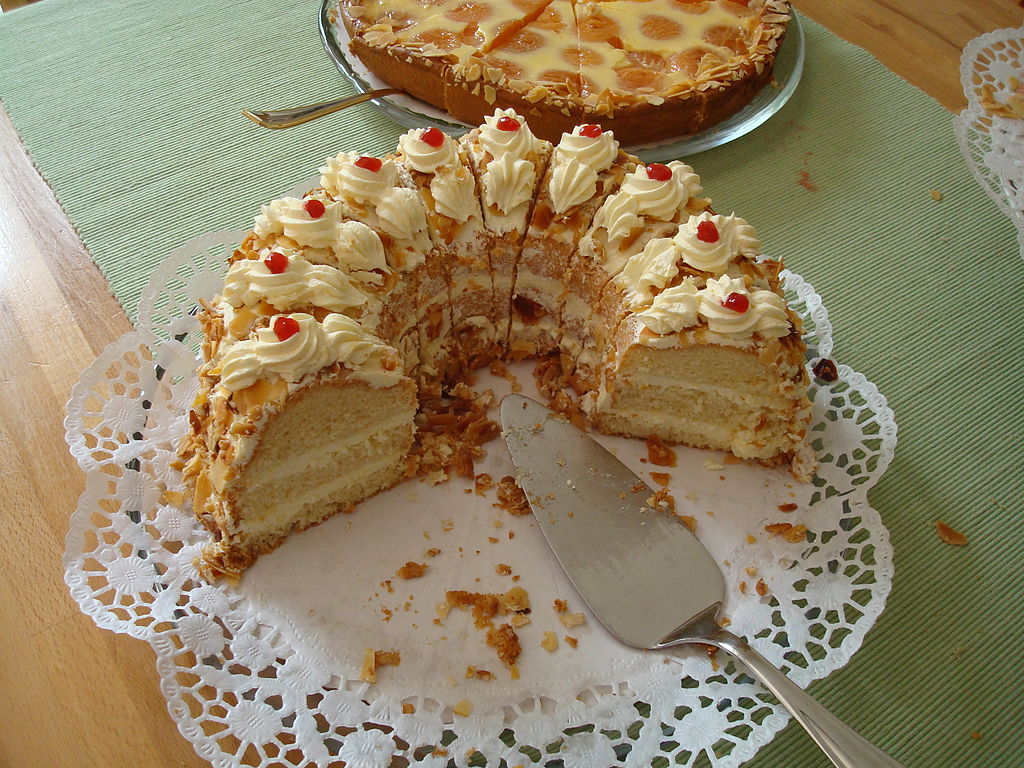What Cake Can Teach Us About Germany (Part 2!) Posted by Constanze on Aug 12, 2020 in Culture, Food
Guten Tag! This is the second in a two-part series on one of my favourite subjects: Cake (der Kuchen in German)- specifically, German cakes with interesting, often place-specific, names. We will look at why those cakes are named the way they are, and learn a little language, culture and history in the process. So, as well as being lecker (delicious), let’s see what the world-famous German Kuchen can teach us! (Click here for the first three cakes).
Berliner
A Berliner is a jelly (jam) doughnut, probably most famous for its association with John F Kennedy and his famous “Ich bin ein Berliner” speech. The word Berliner is short for Berliner Pfannkuchen – ‘Berlin pancake’. In Berlin itself, this doughnut is usually just called a Pfannkuchen, whereas outside of Berlin is where you’d hear it called a Berliner. It is said that the Berliner Pfannkuchen was made in the 18th Century by a German baker who was deemed unsuitable for Prussian military service, but was allowed to stay on as a baker. The doughnuts he made were nicknamed Berliners, after the baker’s home.
Bonus fact: You may have heard of Bismarck doughnuts. These were named after Chancellor Otto von Bismarck, Chancellor of the German Empire from 1871 until 1890.
Amerikaner
The Amerikaner is also known in English as the Black and White Cookie, or Half-and-Half Cookie. There are variations on it, but it is generally round in shape, with either all-white, or black and white frosting, and is softer and more cake-like than ‘cookie-like’ in texture.
The exact history of the Amerikaner is unclear, but there are a few theories. One is that the Amerikaner originated in Glaser’s Bake Shop, a Manhattan bakery from the early 1900s that was run by Bavarian immigrants. But it wasn’t called Amerikaner back then. During the 1940/1950s, American soldiers re-introduced these cookies to Germany. This is when they were given the name ‘Amerikaner’ in Germany.
However, Germany was divided into East and West during this time, and there was distinct anti-American sentiment in East Germany. So the Amerikaner were not known by this name over there, but as Ammonplätzchen– ‘Ammonia cookies’. This was after the ammonium bicarbonate used in the cookies as a leavening agent.
Frankfurter Kranz
The Frankfurter Kranz is known as the Golden Crown Cake in English. ‘Der Kranz’ means wreath, or garland. It is designed to look like a crown adorned with rubies – a very royal cake, indeed.
Why is there a cake named after a Frankfurt crown? Frankfurt was seen as the ‘crown city’ of the German Empire for several years. From 1562 to 1792, Frankfurt was where the German kings and emperors were crowned.
Nowadays, Frankfurt is still one of Germany’s most important cities, but in a different way. It is the financial capital of Europe, even nicknamed ‘Bankfurt’ because so many German banks have their headquarters there. Frankfurt is also home to Germany’s busiest airport, and is the largest city in the state of Hesse.
Frankfurt skyline. Photo by Lukas D. on Unsplash

Build vocabulary, practice pronunciation, and more with Transparent Language Online. Available anytime, anywhere, on any device.








Comments:
Natasha Higman:
I was hoping for a listing of all the other names for the Berliner. Kräppel and Krapfen were both names used in local bakeries in the Rhein-Main area where I grew up. I am sure there are many more!